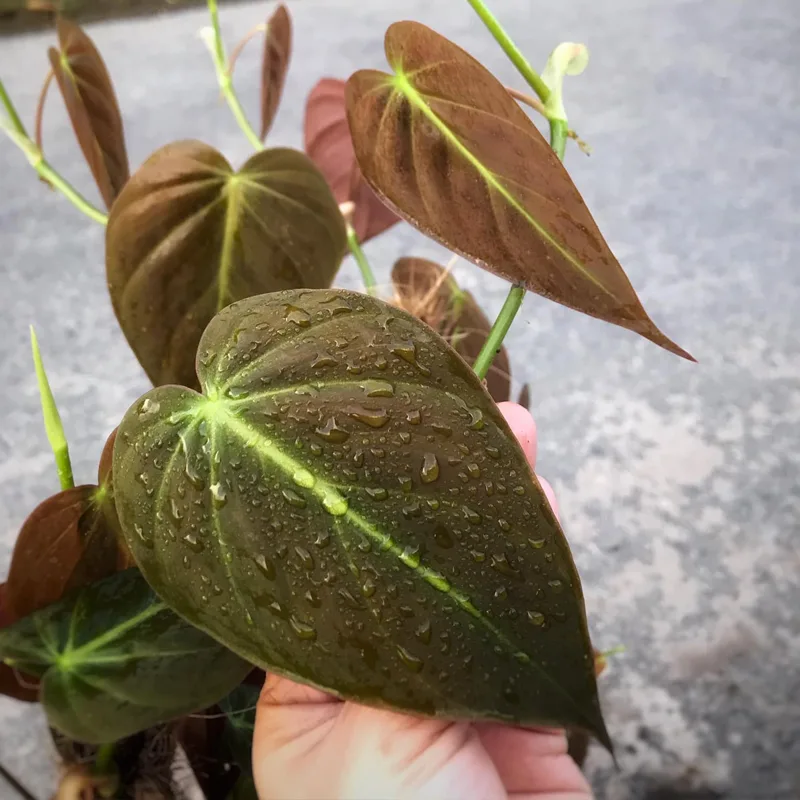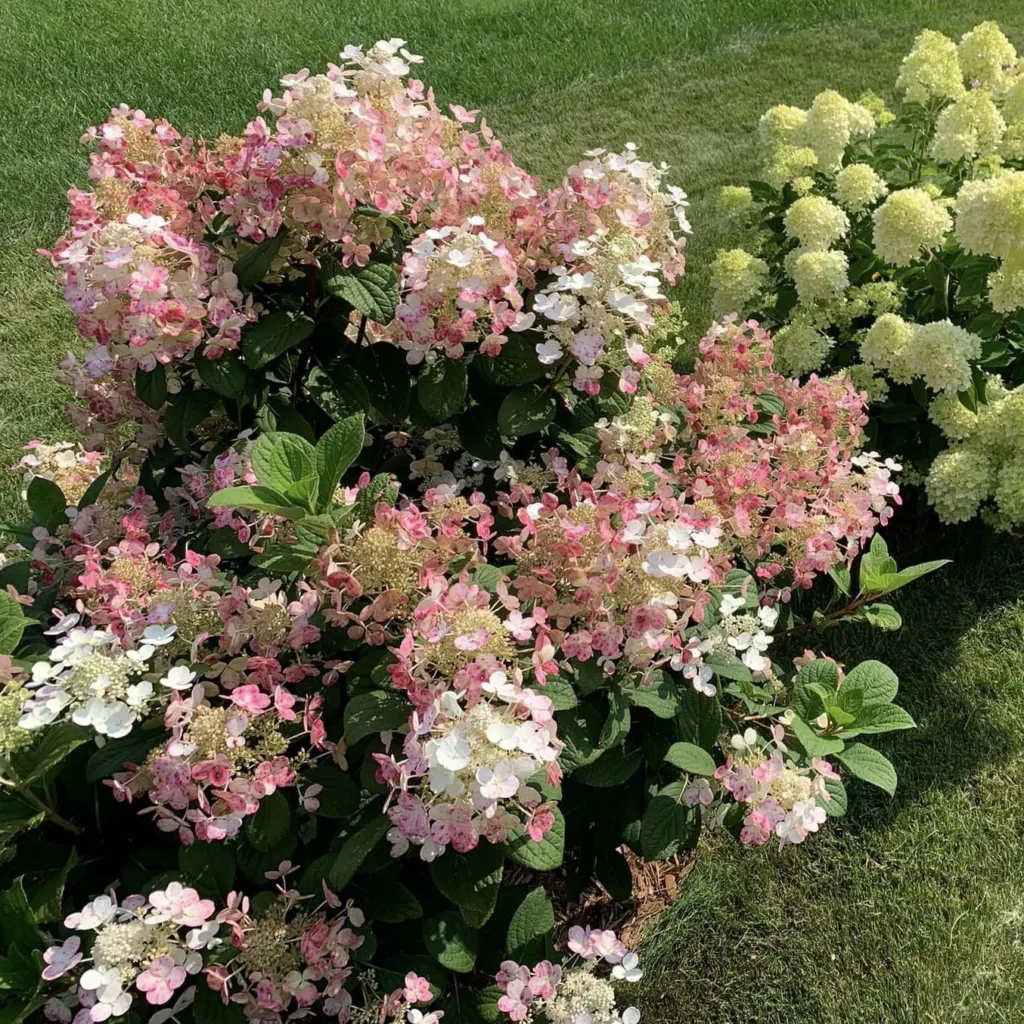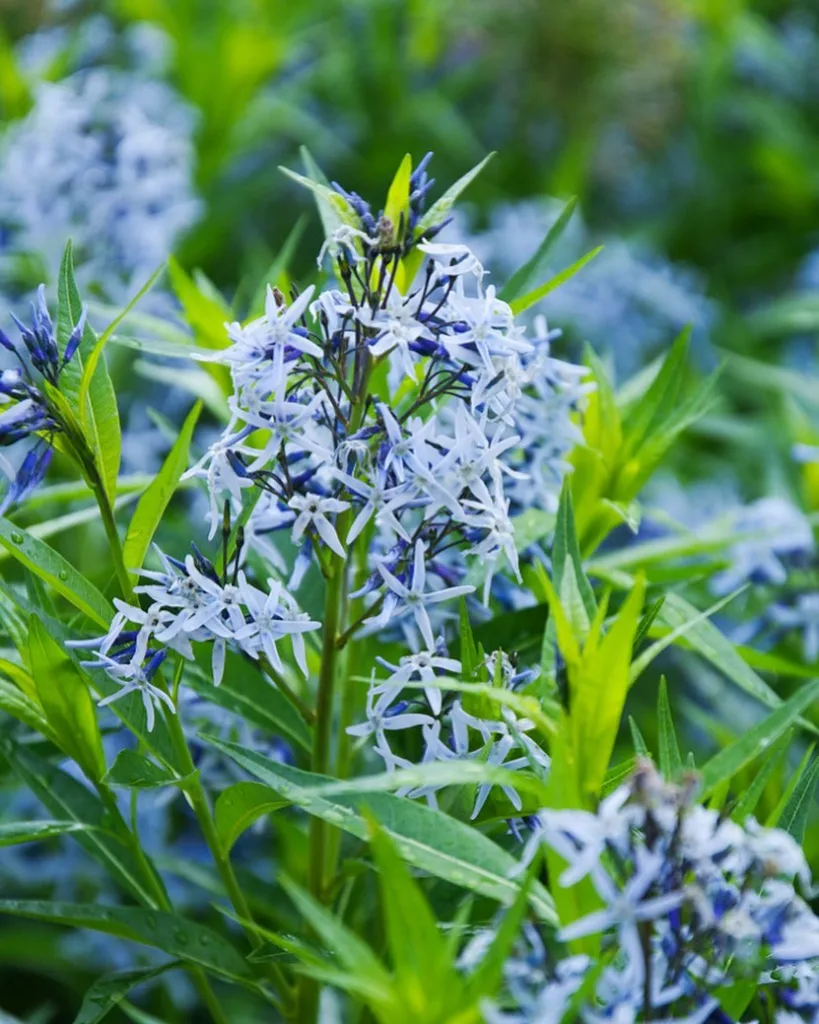What Is Heliamphora Flamingo?
Heliamphora Flamingo is a type of carnivorous plant belonging to the Heliamphora genus, native to the highlands of South America. These plants, often called “sun pitchers,” thrive in nutrient-poor environments by capturing and digesting insects. The Flamingo variety stands out with its delicate pink hue, making it one of the more visually appealing species in the genus.
18 Species in Genus Heliamphora
I was drawn to Heliamphora Flamingo because of its unusual beauty and carnivorous nature. Unlike other plants, this one actively catches its own food, adding a sense of mystery and intrigue to my collection.
How to Care for Heliamphora Flamingo?
Caring for Heliamphora Flamingo can be a bit challenging, especially if you’re new to carnivorous plants. However, with the right conditions, they can thrive.
- Light: These plants love bright, indirect light. I keep mine under grow lights for about 12-14 hours a day. Natural sunlight works too, but avoid direct exposure to harsh midday sun.
- Humidity: High humidity is essential. Heliamphora Flamingo thrives in humidity levels above 70%. I use a humidity dome and mist the plants regularly to maintain moisture levels.
- Temperature: These plants prefer cooler temperatures, ranging from 65°F to 75°F. Keeping them in a temperature-controlled environment is key, especially in the summer months.
- Watering: I only use distilled or rainwater, as Heliamphora Flamingo is sensitive to chemicals found in tap water. Keep the soil moist but not waterlogged. I use a tray method to allow the plant to absorb water from the bottom.
- Soil: I grow mine in a mix of sphagnum moss and perlite. The soil must be well-draining yet moisture-retentive, mimicking its natural habitat.
How to Propagate Heliamphora Flamingo?
Propagating Heliamphora Flamingo can be tricky, but it’s possible with some patience.
- Division: This is the most common method of propagation. When your plant has developed several rosettes, carefully divide them at the roots. I use a sterile knife to separate the plants, ensuring that each division has healthy roots attached.
- Seeds: Growing Heliamphora Flamingo from seeds is challenging and time-consuming. If you’re up for the challenge, keep in mind that seeds need stratification (cold treatment) to germinate. I’ve had limited success with this method, so I typically stick to division.
What to Plant with Heliamphora Flamingo?
Heliamphora Flamingo pairs well with other carnivorous plants that share similar environmental needs. I like to group mine with Nepenthes and certain Drosera species. These plants thrive in high-humidity, low-nutrient environments, making them ideal companions.
When planting them together, make sure to provide enough space for each plant to grow. The pitchers of Heliamphora Flamingo can get crowded if placed too closely to others. I use a large, shallow pot to allow for spreading and air circulation.
Common Problems with Heliamphora Flamingo
While Heliamphora Flamingo is a resilient plant, it can face a few challenges.
- Pests: Aphids and mites can sometimes be a problem. I’ve had occasional run-ins with these pests, and I usually treat them with a gentle, insecticidal soap. Regular inspections are important to catch infestations early.
- Root Rot: Overwatering or poor drainage can lead to root rot. To prevent this, I make sure my soil mix is well-draining and avoid leaving the plant sitting in water for long periods.
- Sunburn: If exposed to direct sunlight for too long, the delicate pink pitchers can become scorched. I always make sure to filter the light when placing them near windows or under strong grow lights.
How to Feed Heliamphora Flamingo?
Heliamphora Flamingo primarily feeds on insects, which it traps in its pitcher-like structures. However, in an indoor setting, it may not always catch enough prey on its own. I occasionally supplement its diet with freeze-dried insects like bloodworms. I drop a small amount into the pitchers to mimic its natural feeding process. It’s essential not to overfeed, as too much organic matter can cause the plant to rot.
Final Thoughts
Heliamphora Flamingo has been one of the more rewarding plants in my collection. Its unique care requirements and stunning appearance make it a showstopper in any plant setup. By understanding its needs and providing the right environment, I’ve been able to enjoy the beauty and mystery of this incredible carnivorous plant.
If you’re considering adding Heliamphora Flamingo to your collection, be prepared for some challenges, but also know that the reward is worth it. Watching these pitchers develop and thrive under your care is a truly satisfying experience.
If i die, water my plants!



